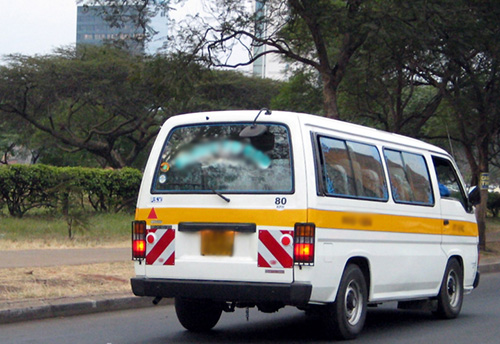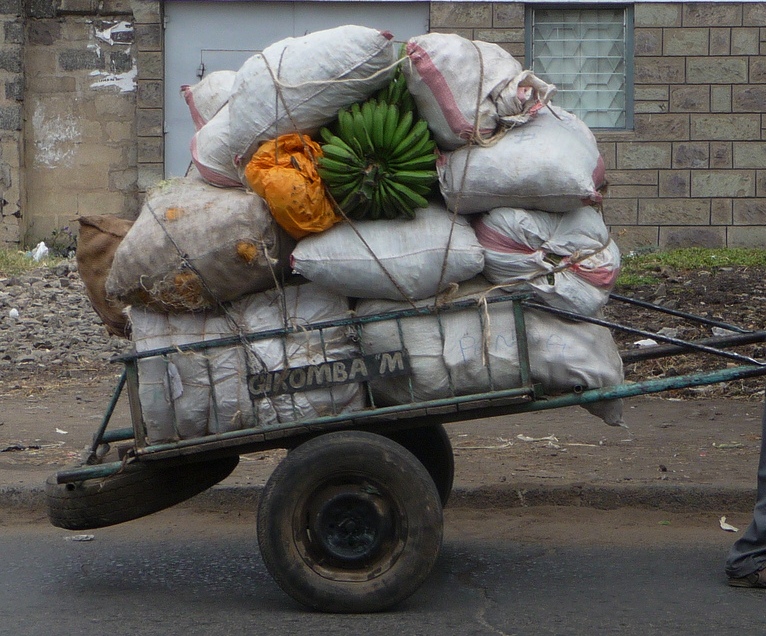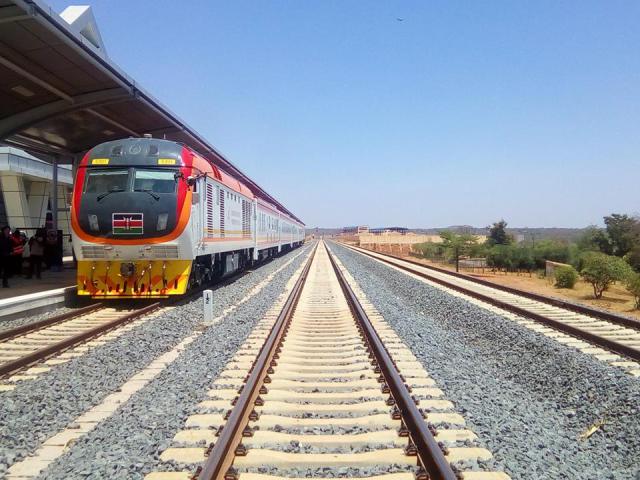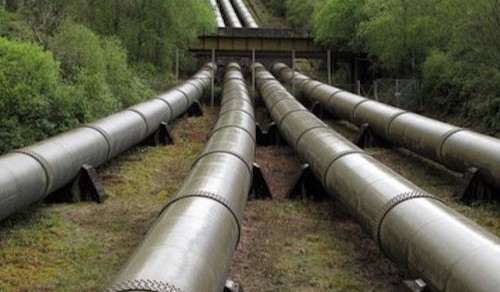- These are means (units of carriage) of transport that ferry goods and people on roads.
- Vehicles are the most commonly used means of transport.
- Vehicles are either passenger or goods carriers.
- Passenger carriers may be buses, matatus, taxis and private cars while goods are transported using Lorries, pick-ups, tankers and trailers.
- Vehicles are expensive to acquire and maintain.
- The convenience of vehicles may depend on the nature of the road on which they travel.
- Of special concern in road transport is the
matatus.
- These are privately owned passenger vehicles which were introduced to supplement the existing mainstream transport companies that were inadequate at independence.
Advantages of Matatus
- They supplement regular bus companies, especially in remote areas where they are the only means.
- They fill up faster than buses hence save time
- They are more flexible since they can change routes easily depending on demand
- They reach out into the interior of rural areas where big buses cannot access
- They are more flexible with the fares they charge
- They are easier to hire as most of them are readily available
- They are cheaper to acquire as compared to buses

A Matatu in Kenya (Image by - Courtesy)
Disadvantages of Matatus
- Some matatus are poorly maintained to the extent of being unroadworthy
- Most drivers are reckless as they rush to compete for customers. They pick or drop passengers anywhere
- In some cases, touts use impolite language when dealing with passengers
- They may cause noise pollution such as unnecessary hooting and loud music
- They may cause congestion in towns unnecessarily because of careless driving and parking
- Uncalled for sudden increase in fares at peak hours, during the night and on public holidays
- Their operation is concentrated on peak hours, rarely operating at night.
- They at times unexpectedly change their route hence causing breach of contract.
Advantages of Vehicles
- Most readily available means of transport
- Relatively fast compared to carts and human Porterage
- Relatively cheaper over short distances
- Flexible as it can offer door to door service
- Vehicles may be available for transporting special goods
- Roads are widely spread thereby making many areas accessible.
Disadvantages of Vehicles
- Acquisition and maintenance costs are high
- May not be suitable for transporting heavy and bulky goods over long distances as compared to railways
- Traffic jams in roads may cause delays
- Vehicle transport is prone to accidents which may lead to loss of goods and life
- Some roads may be impassible especially during the rainy seasons.








